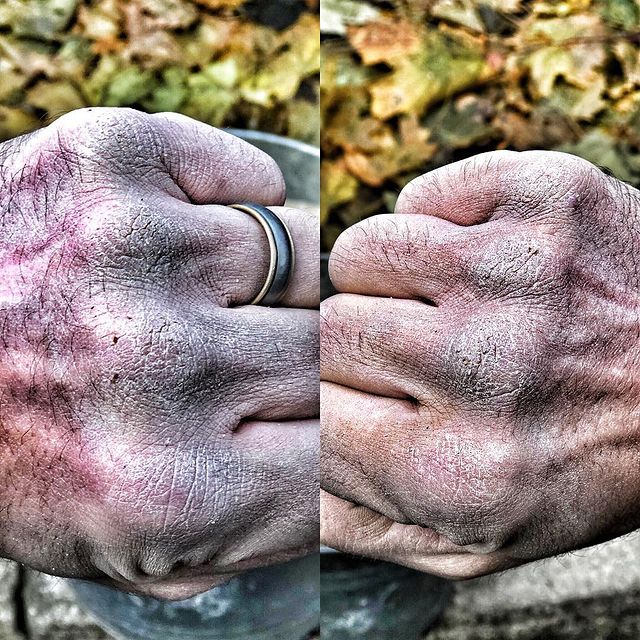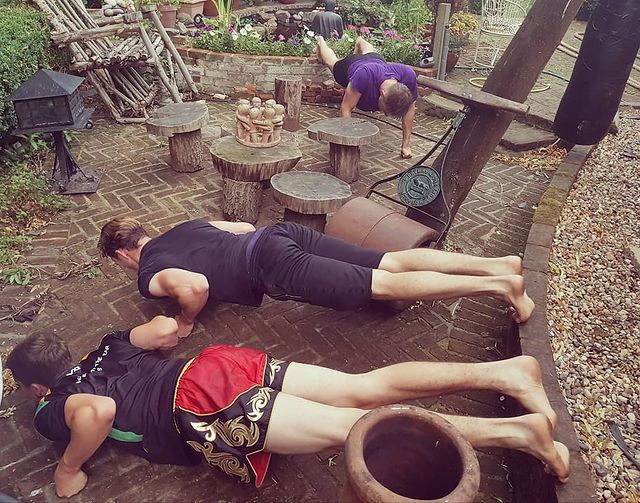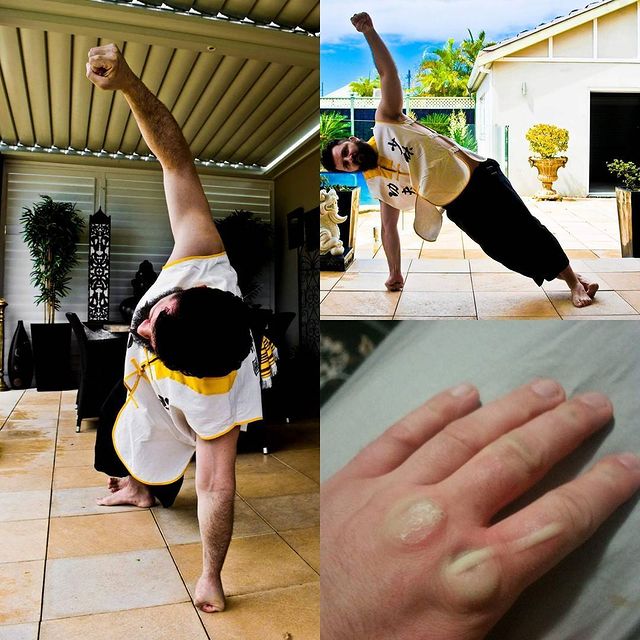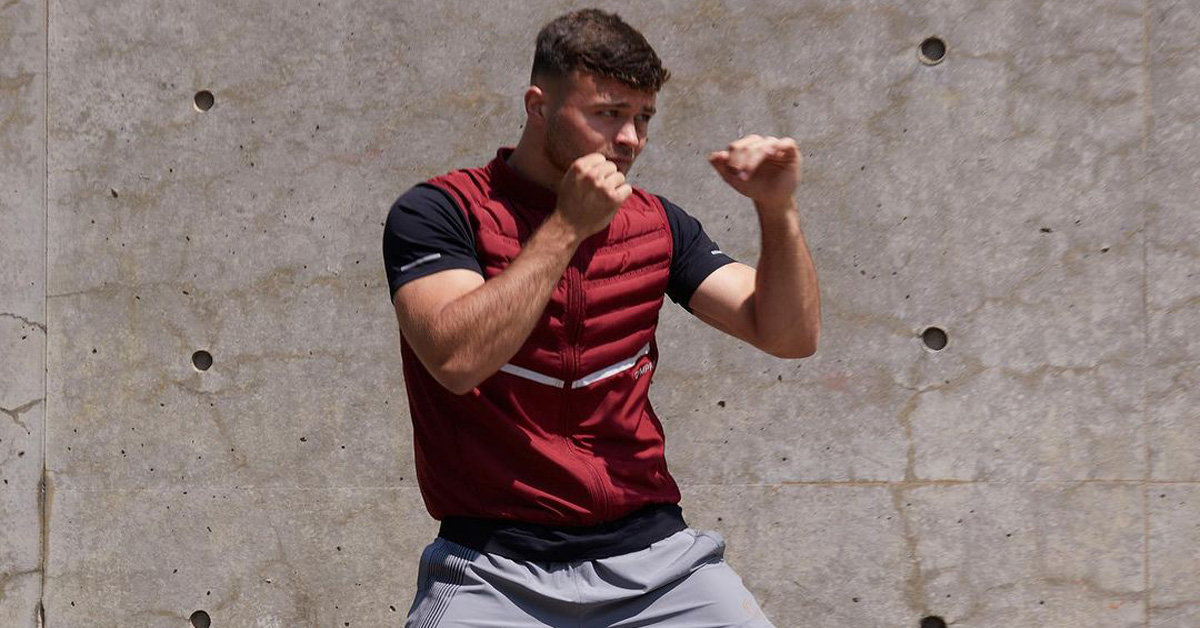
Shadowboxing is one of the most important types of training performed in combat sports. If you train in a striking art, you must learn how to shadowbox properly.
Here is our complete how-to guide to shadowboxing. Detailing important tips you must remember to improve your skills more rapidly.
What is Shadowboxing?
The art of shadowboxing is the act of performing striking techniques alone. Picturing an opponent in front of you and visualizing your techniques landing on your important.
This form of training was developed in boxing and was adopted within every combat sport with striking. It is a form of training that is generally used as a warm-up.
Moving around and performing striking techniques at a moderate to fast pace. It’s the perfect way to prepare for boxing or Muay Thai class by moving around and sharpening your technique.
All top athletes, from the amateur to pro level, perform shadowboxing in their training. If you want to improve your technique while getting a good warm-up, then you should be shadowboxing ritualistically.
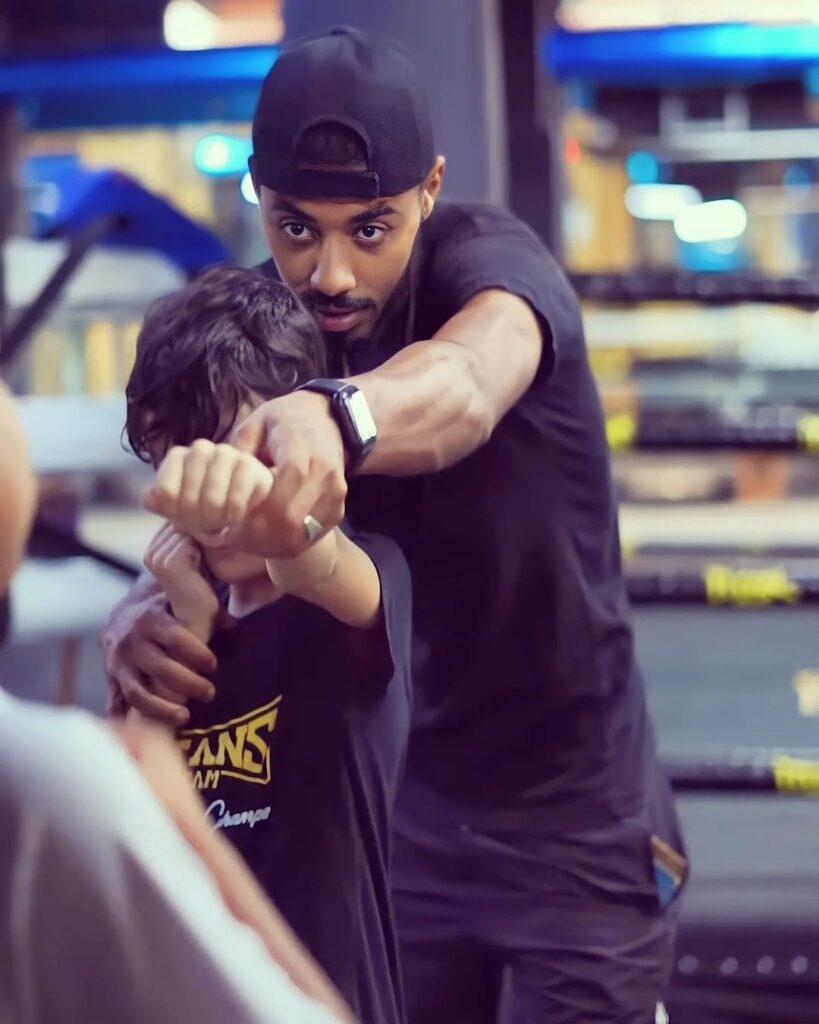
Common Errors For Shadowboxing
There are many boxing students, both beginner and advanced, that make a variety of mistakes while shadowboxing. Here are some of the most common errors you should avoid when learning how to shadowbox.
Dropping Hands
Not keeping your hands up might be the biggest mistake both beginners making when they first learn how to shadowbox. Even pros make this common mistake.
Making this mistake breaks the first rule of fighting, which is to protect yourself at all times.
Your hands must be either glued to your head or in front of your face to defend against incoming strikes. All striking coaches of any background will tell you this.
Not Footwork
Some beginners have this perception that throwing punches is just moving your arms. They practice zero footwork and just wildly swing their arms.
In a fight, your feet constantly move to set up balanced attacks and defend yourself. Keep light feet to move fluidly into your combos with better technique and speed.
Looking at the Ground
Looking at the ground is a no-no in any striking sport. If you’re looking at the ground while sparring, you won’t see any of the strikes coming.
Your opponent is going to hit you at will. Look at their chest or midsection to better see your opponent’s incoming strikes.
Keeping Chin Up
Keeping your chin up is a bad mistake boxing practitioners of all skill levels make. They will either keep their chin up in their stance, or it will gradually lift up when your throw punches.
Remember to keep your chin tucked and behind your guards when you’re learning how to shadowbox.
Just focusing on Offense
Many boxing and Muay Thai students out there will focus on offense when learning how to shadowbox. Spending an entire round just throwing fast combos without using defensive tactics.
When you’re learning how to shadowbox, you mimic how you would move in a real fight. You must work on your offensive and defensive techniques to improve your fighting skills.
Bad Combos
Have you ever seen somebody shadowbox and throw some of the most ridiculous combos you have ever seen? Many beginners just learning how to shadowbox don’t understand that there are good striking combos and bad striking combos.
When you shadowbox or hit the bag/mitts, you have to focus on throwing good combos that are practical. Clean and fast combos that you have a higher statistical chance of landing on your opponent.
Closing Your Eyes
Some beginners have a bad habit of closing their eyes when they box. No matter if it’s when they’re going over how to shadowbox, bag work, or sparring.
They will either close their eyes as they punch or when an opponent’s punch is coming toward them. You can’t hit what you don’t see, so keep your eyes open while practicing striking.
Not Breathing
If you constantly get gassed when you shadow, you might think it’s because you have bad cardio. The real problem could actually be that you aren’t breathing during shadowboxing rounds.
When you’re a beginner first learning how to shadowbox, you don’t understand the importance of proper breathing. You must keep a constant breathing rhythm when you practice a combat sport. This will enable you to fight for longer and have better technique.
Throwing Too Hard
When people first start learning how to shadowbox, some of them forget that they’re not hitting anything. They will throw punches as hard as they can at the air.
Doing this will lead to you throwing your arm out and damaging your elbow or shoulder. That’s why you focus on speed over power while shadowboxing.
Keeping Mouth Open
Keeping your mouth open is a shadowboxing mistake you must avoid for good reason. If you are sparring with your mouth open and get hit, there’s a higher risk of severe injury.
You could break your jaw, break your teeth, or bite your tongue. Painful injuries that you can avoid by keeping your mouth shut.
Bad Aim
Working on your aim is important to understand as you learn how to shadowbox. You have to visualize where your punches are landed. Many novice boxers will pay no attention to where their punches are landing.
Then when they get to sparring, they will have no idea why their punches aren’t landing in the correct places. Always work on your aim and visualize hitting the targets while shadowboxing.
Being Lazy
Then there are others that are learning how to shadowbox, who just don’t take it seriously. They will just go through the motions and wait it out until they can hit a bag.
If this is you, then you are severely handicapping the growth of your skills. You must take shadowboxing seriously and act like you’re in a fight.
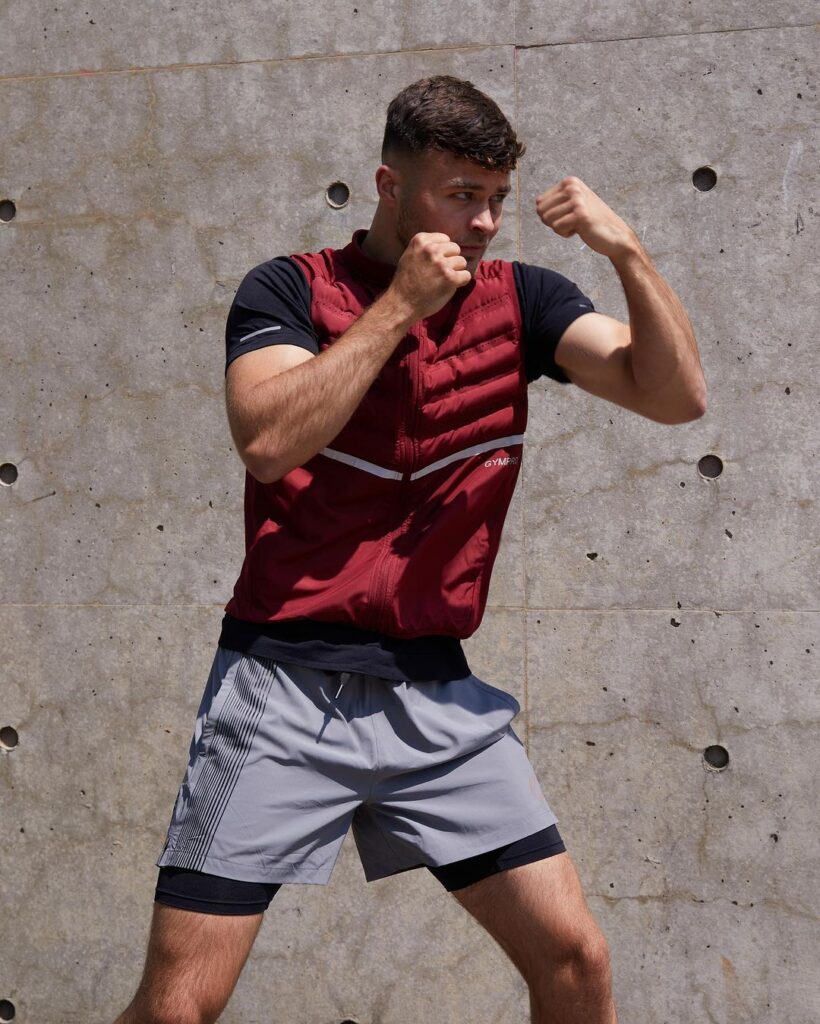
Tips On How To Shadowbox
Everyone can make their shadowboxing form better with just a few tweaks Here are some tips to remember when you shadowbox.
Keep Hands Up
It’s the number one rule of all striking martial arts. Always keep your guard up and be prepared for any incoming attacks. Never forget this rule as you first start learning how to shadowbox.
Keep Chin Down
When you practice a striking martial art, your opponent will target your chin. That is why you must keep your chin down and hands in front of your face. Making this correction will save you from being knocked out.
Use a Mirror
The best tool that you can use to improve your shadowboxing is to use a mirror. A mirror tells no lies and will show you all the mistakes you make as you learn how to shadowbox. You will be able to correct your mistakes in real-time and keep moving.
Picture an Opponent in Front of You
When learning how to shadowbox, visualization is extremely important. As you get more experienced, you will understand the importance of visualization during shadowboxing. You have to picture an opponent in front of you and begin game-planning for them.
Seeing where their weaknesses are and how you can set up your combos. This is an important tip that the top pros remember when they’re shadowboxing.
Breathe
In any fighting sport, you have to keep a constant breathing rhythm. Whenever you’re training, always remind yourself to breathe. This will help improve your cardio so you can fight for a longer period at a high pace.
Stay Loose
You must remember to stay loose while moving around when you’re shadowboxing. If you stay tight and rigid, all your movements will be slow and robotic. Keep losing and only tighten up as you’re throwing your combos.
Work on Your Defense
As you gradually figure out how to shadowbox isn’t just to practice your offense but also your defense. This is the time when you can see if your hand placement is correct, along with your slips and dips.
When you shadowbox, you should simulate it like a fight, throwing combos and defending your opponent’s attacks.
Break a Sweat
Shadowboxing should be treated just like any other part of training. This is where you get your heart rate up and enter fight mode. Put as much energy into your shadowboxing rounds as any other part of training.
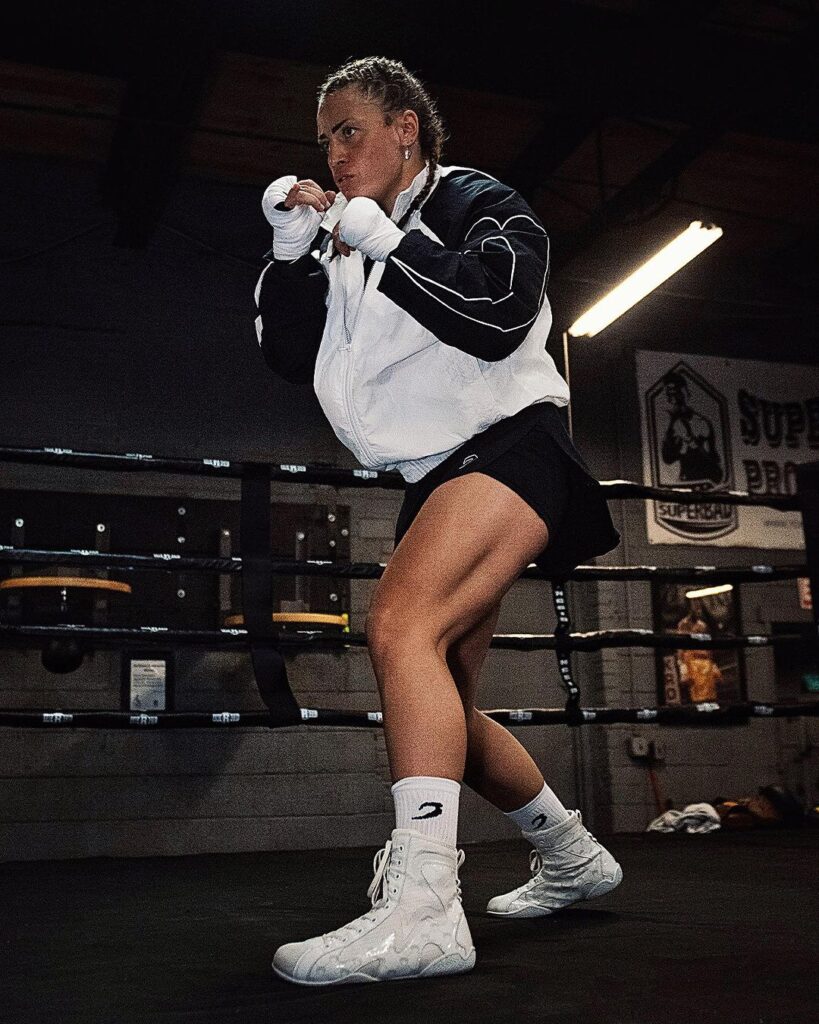
Ways to Implement Shadowboxing Into Your Workouts
Shadowboxing is a workout on its known, but it can be implemented into any routine. Here are some ways that you can implement it into your training routines.
Mixing Shadowboxing Into Warm-Ups & Movement Drills
The great thing about shadowboxing is that you can insert them into just about any warm-up or movement drill. You could do anything from mixing it in with side shuffling or rapidly switching between being offensive and defensive. The possibilities are nearly endless.
Shadowbox w/ Dumbbells
If you want to mix your technical work with a strength workout, you can shadowbox with dumbbells. Adding dumbbells to your shadowboxing rounds can either increase your speed or power. Depending on the weights of the dumbbells you use.
Use Elastic Bands
Elastic bands are diverse pieces of training equipment that can improve your skills in various ways. You can put elastic bands around your arms or hands as you shadowbox.
Putting them around your arms can increase your punch speed while keeping your guards closed. If you put bands around your legs, you will strengthen your legs and fix your feet positioning. The bands will force you to keep your legs shoulder width apart.
Shadowboxing & Circuit Training
Shadowboxing is so effective that many conditioning coaches implement it into different circuit training workouts. For example, one fighter could be doing a weight-lifting exercise, and the other is shadowboxing at a high pace.
Sharpen Your Technique
Learning how to shadowbox is an important part of your training, where you sharpen your technique and fix errors. Follow the tips above, and you will eventually look like a pro when you shadowbox.
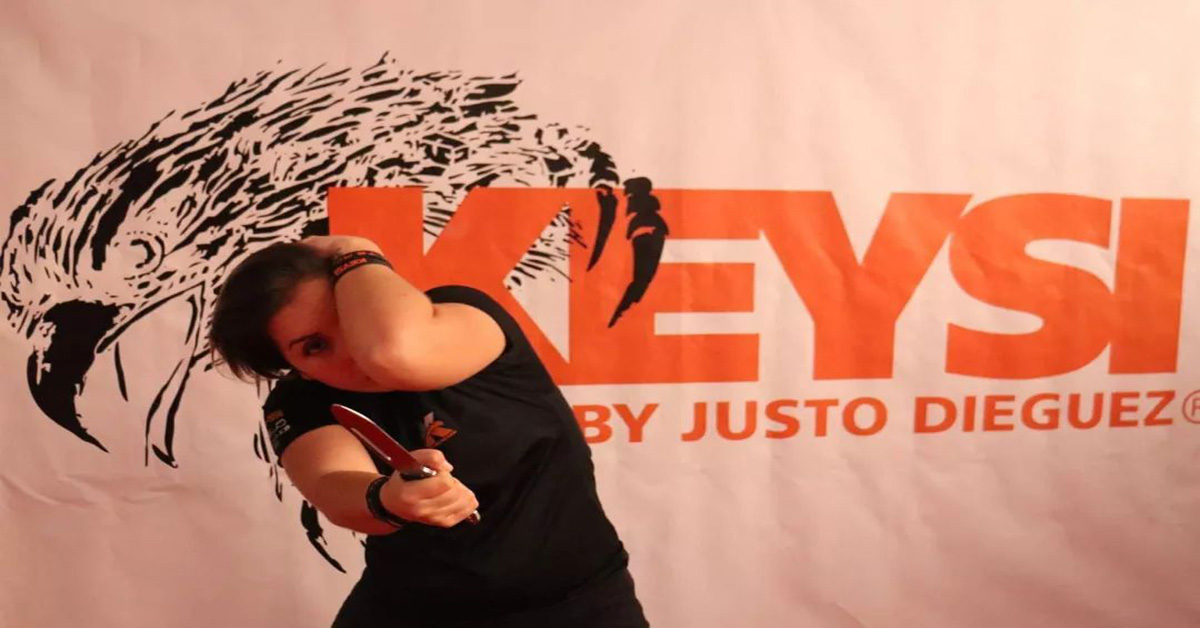 In numerous modern action movies, the stars of these films have been using techniques from a fighting style called Keysi. A relatively modern fighting style that was developed during the 1980s. Many aren’t familiar with the aspects of this martial art, which is why we’re giving you a full breakdown. Check out everything you need […]
In numerous modern action movies, the stars of these films have been using techniques from a fighting style called Keysi. A relatively modern fighting style that was developed during the 1980s. Many aren’t familiar with the aspects of this martial art, which is why we’re giving you a full breakdown. Check out everything you need […]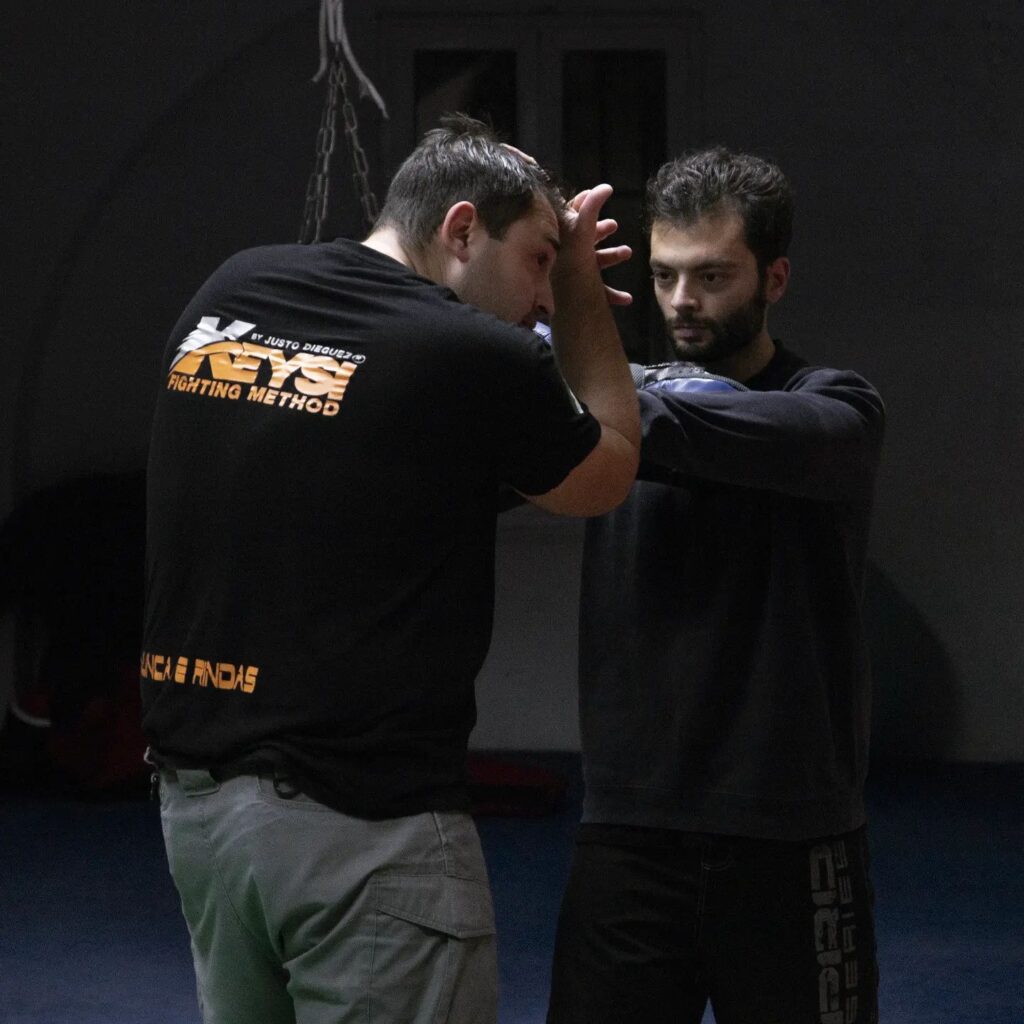
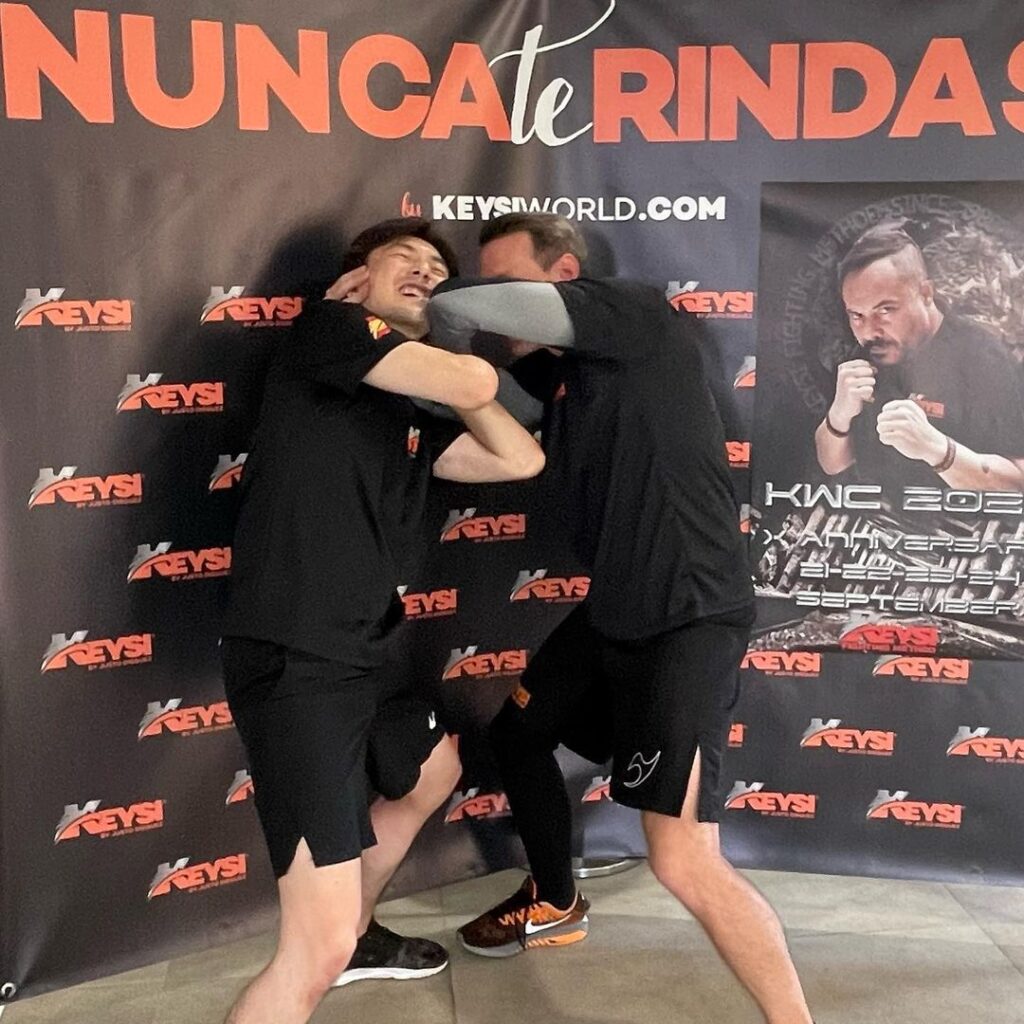
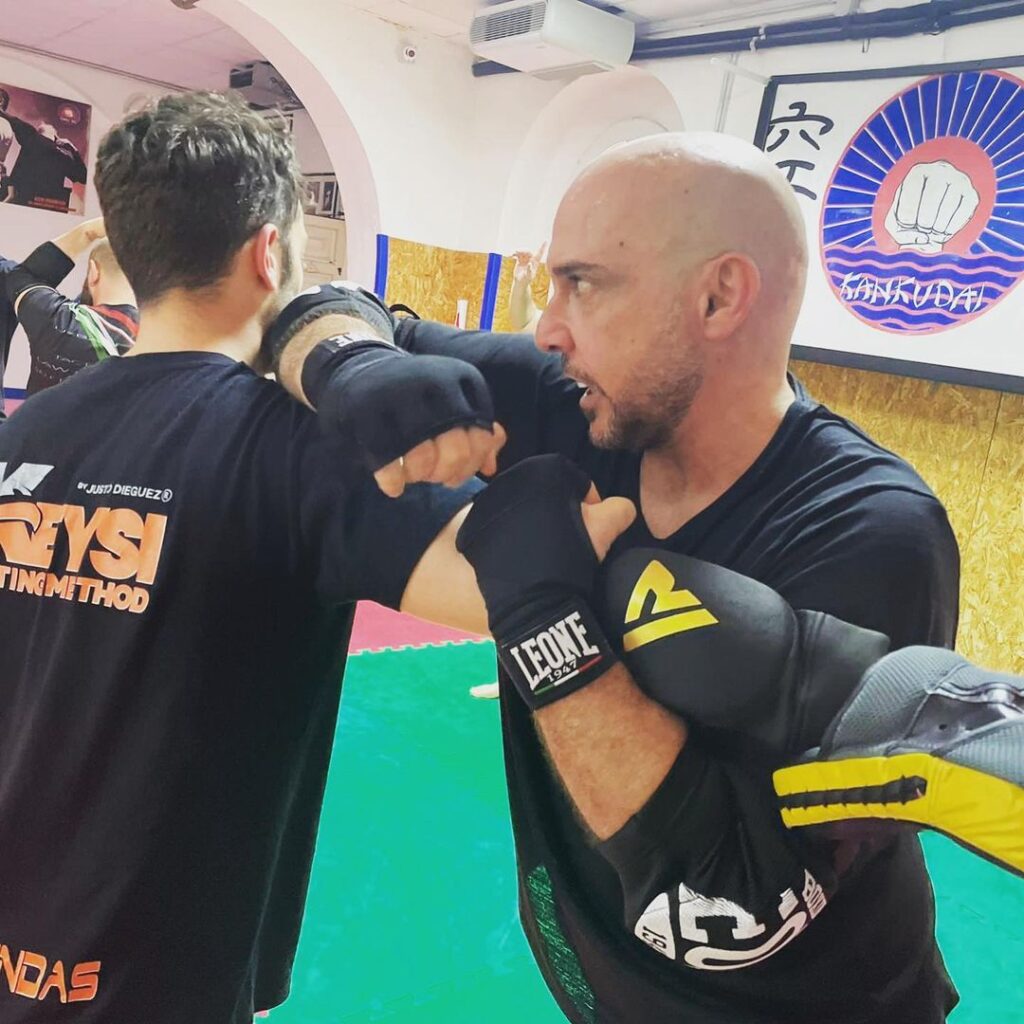
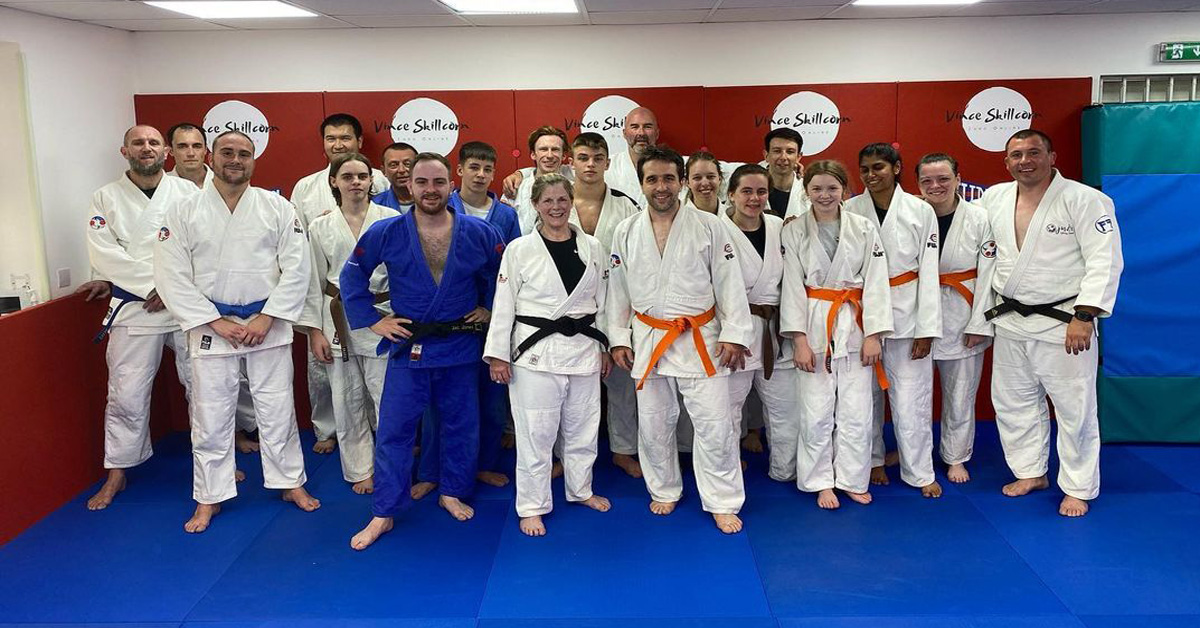 The Judo belt system is the original martial arts ranking system created by Jigoro Kano. It is the first belt system and one of the most difficult to complete. This is our breakdown of the Judo belt system. Detailing how it was created, the significance of each rank, and examples of the belt tests. What […]
The Judo belt system is the original martial arts ranking system created by Jigoro Kano. It is the first belt system and one of the most difficult to complete. This is our breakdown of the Judo belt system. Detailing how it was created, the significance of each rank, and examples of the belt tests. What […]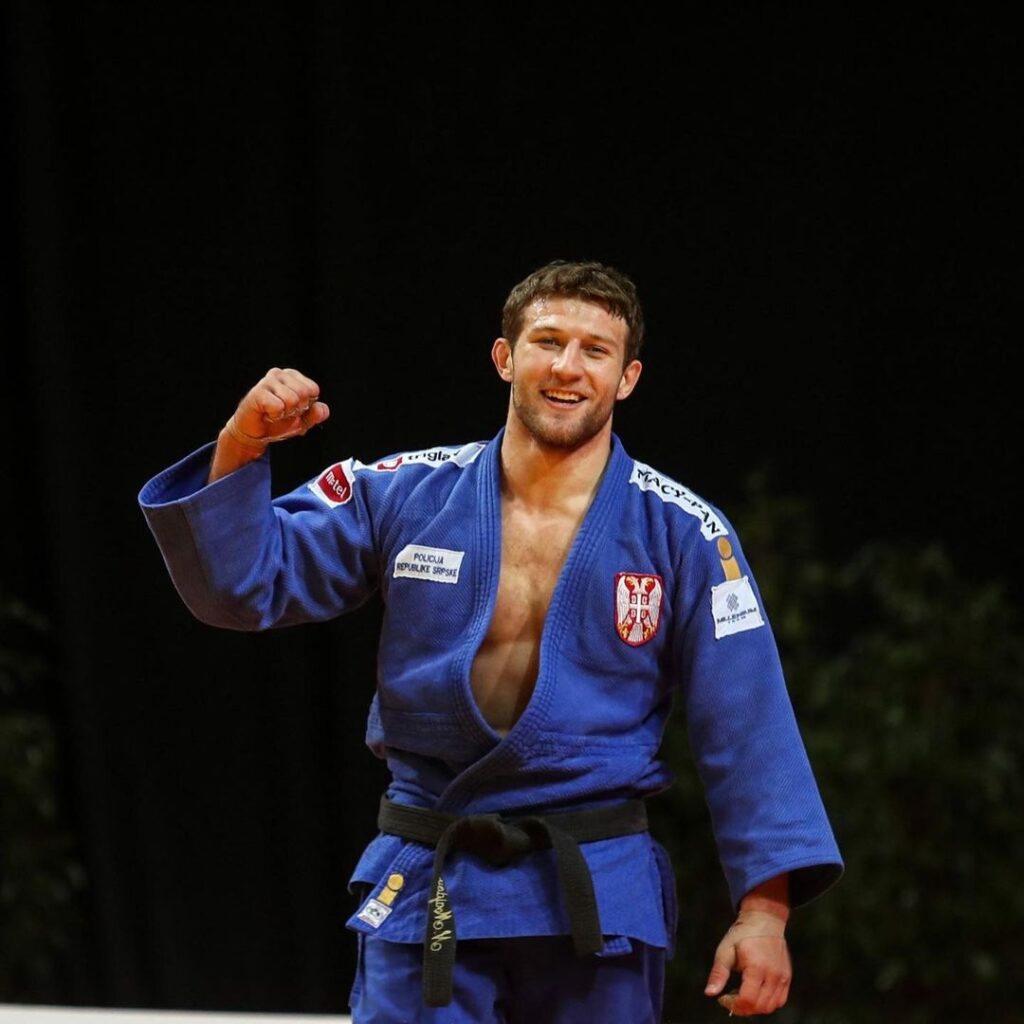
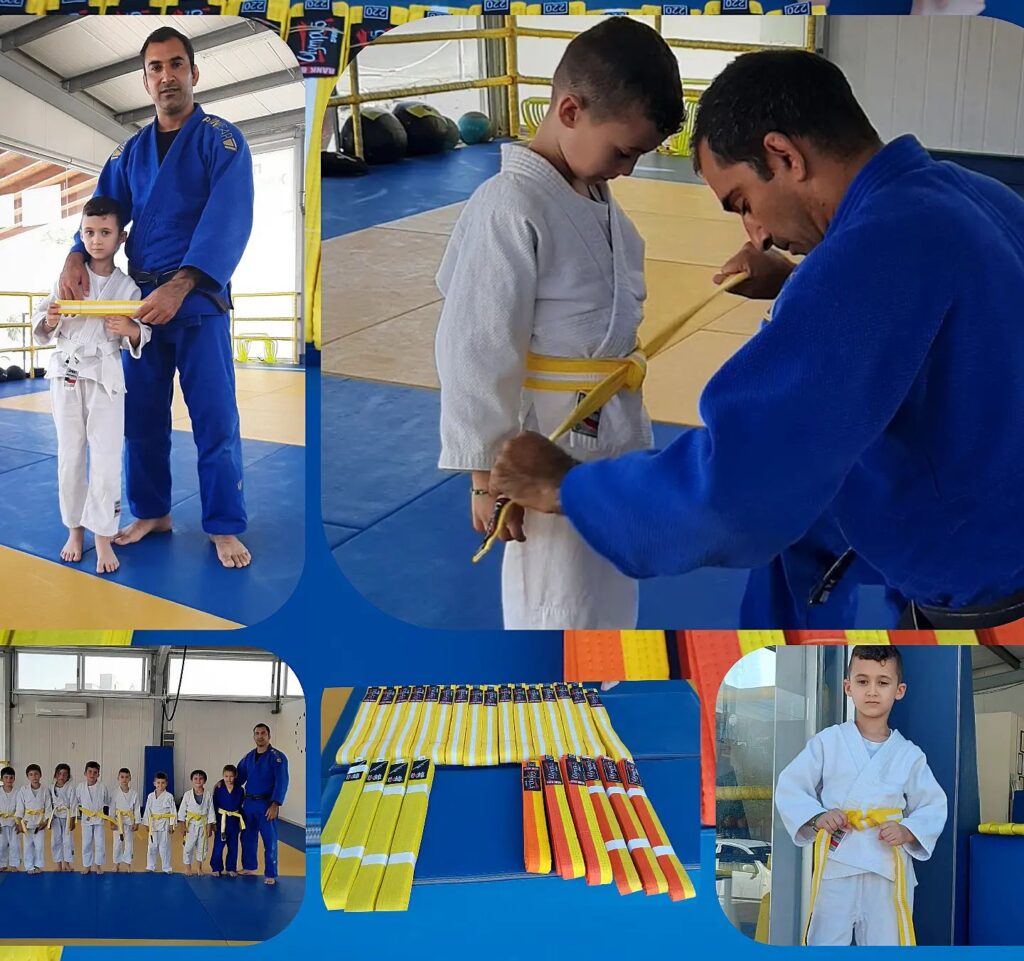
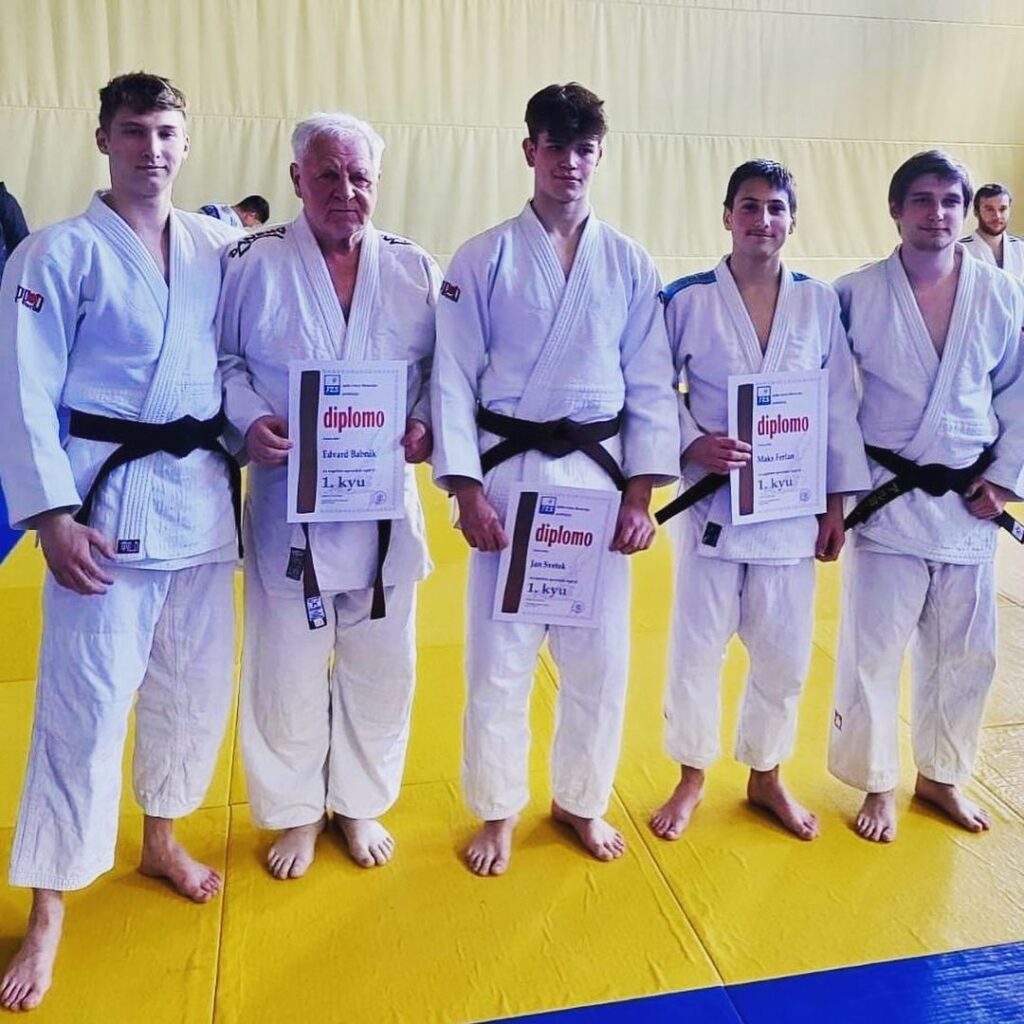
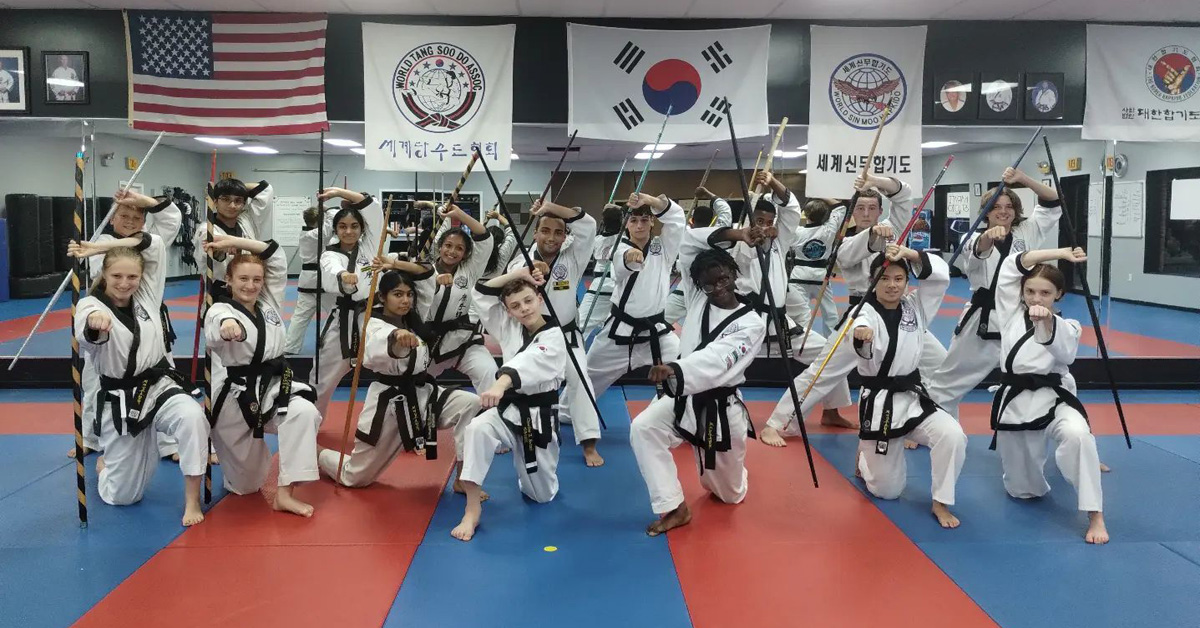 When discussing Korean martial arts, people generally bring up Taekwondo and Hapkido. Leaving out the effective and underrated martial art of Tang Soo Do. Here’s our breakdown of the Korean martial art known as Tang Soo Do. Detailing how the martial art was developed and its various aspects. What is Tang Soo Do? Tang Soo […]
When discussing Korean martial arts, people generally bring up Taekwondo and Hapkido. Leaving out the effective and underrated martial art of Tang Soo Do. Here’s our breakdown of the Korean martial art known as Tang Soo Do. Detailing how the martial art was developed and its various aspects. What is Tang Soo Do? Tang Soo […]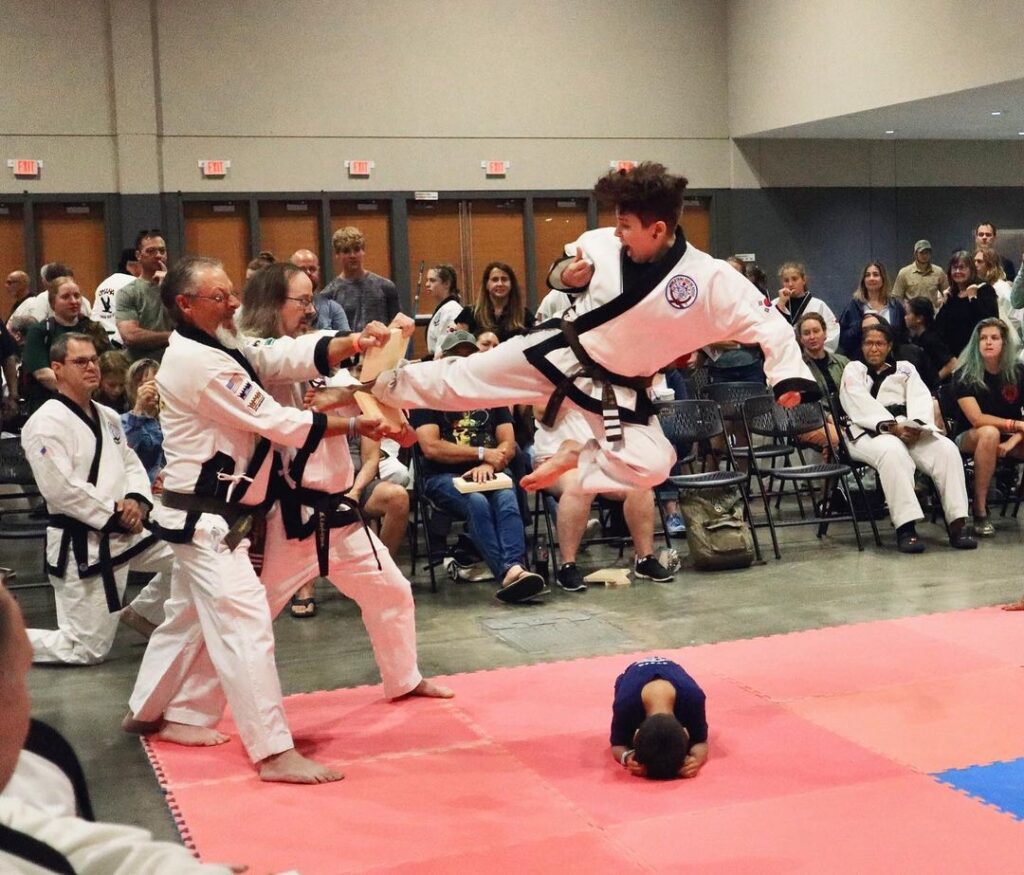
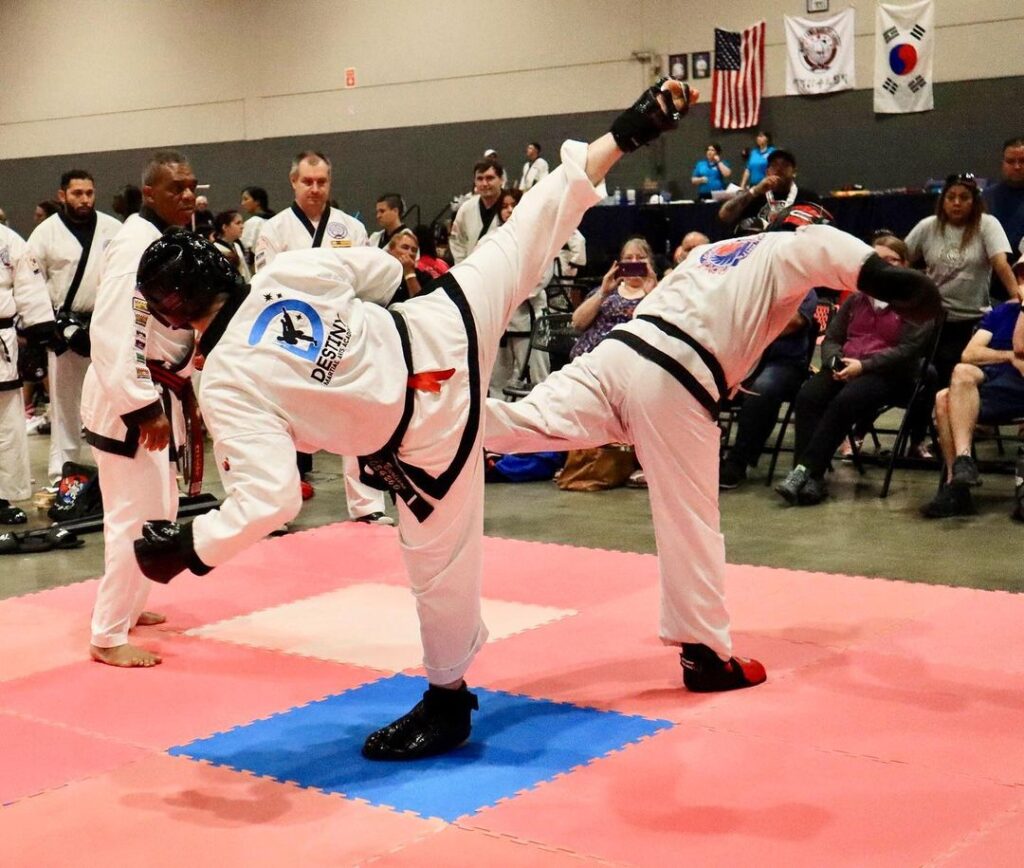
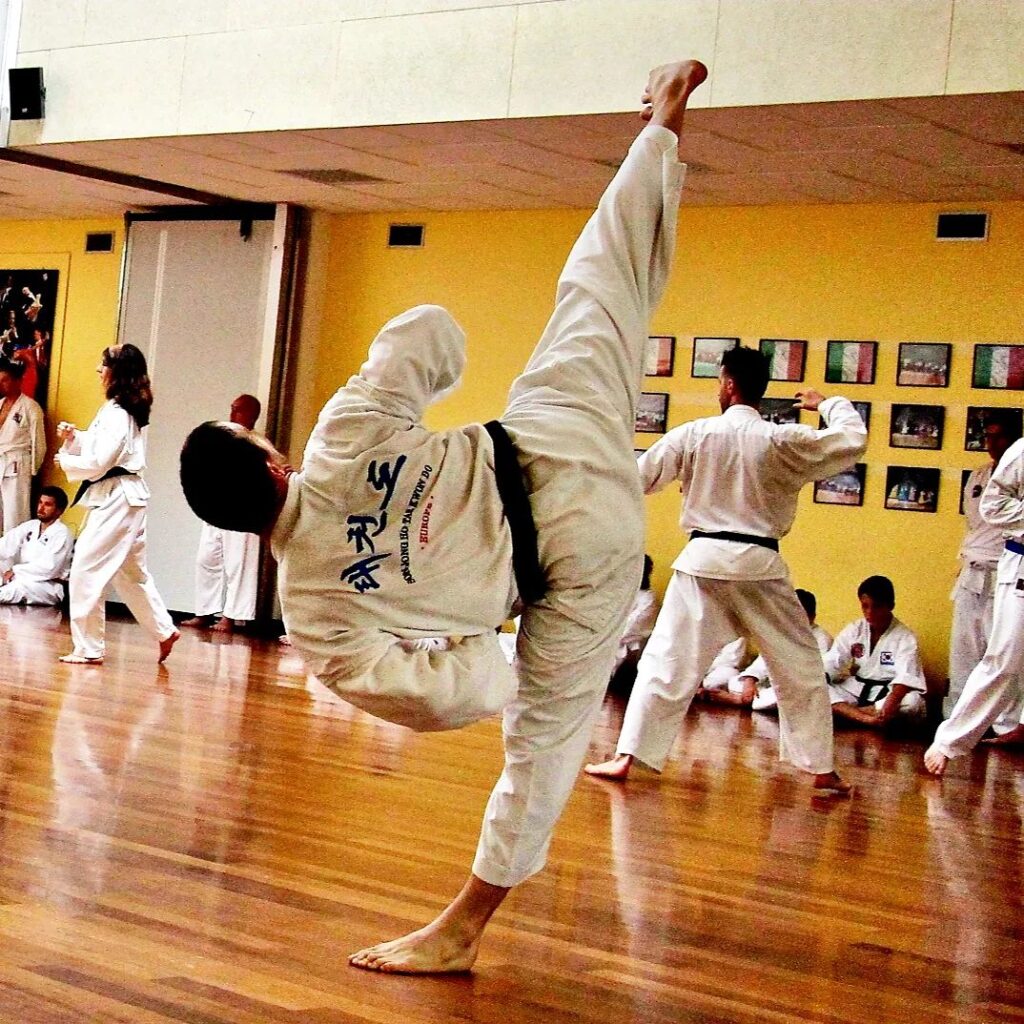
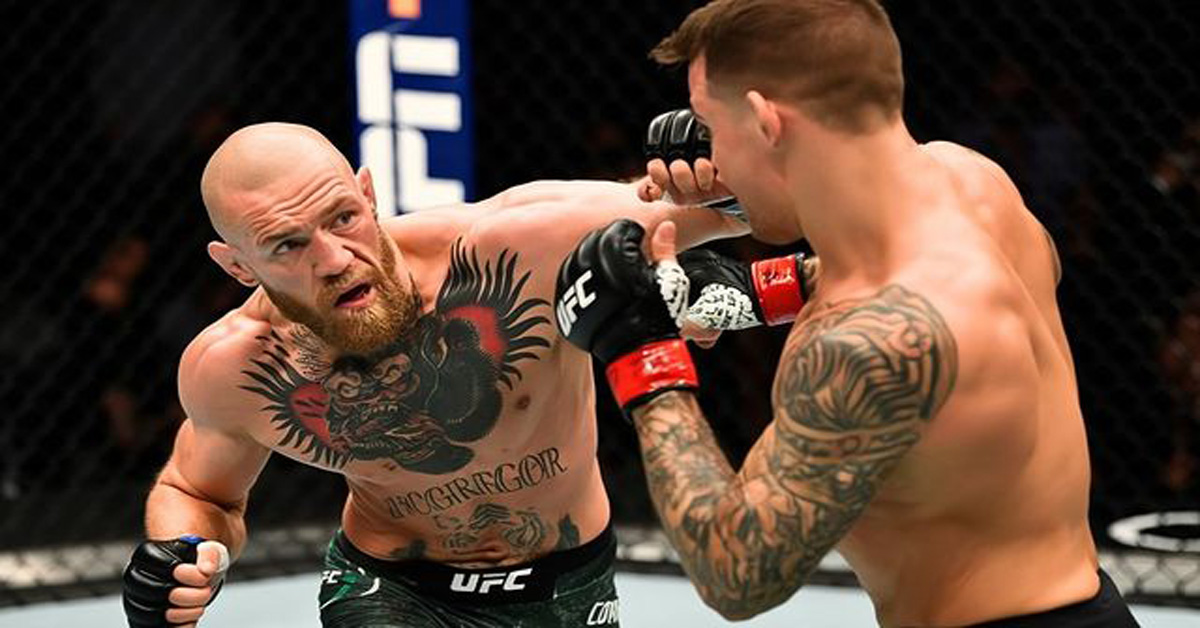 A wide variety of martial arts have different fighting stances within each one. Each of these fighting stances has distinct characteristics and qualities that set them apart from one another. Here is our breakdown of the most used fighting stances in the world. Detailing each of their characteristics and the purposes they serve. Boxing Fighting […]
A wide variety of martial arts have different fighting stances within each one. Each of these fighting stances has distinct characteristics and qualities that set them apart from one another. Here is our breakdown of the most used fighting stances in the world. Detailing each of their characteristics and the purposes they serve. Boxing Fighting […]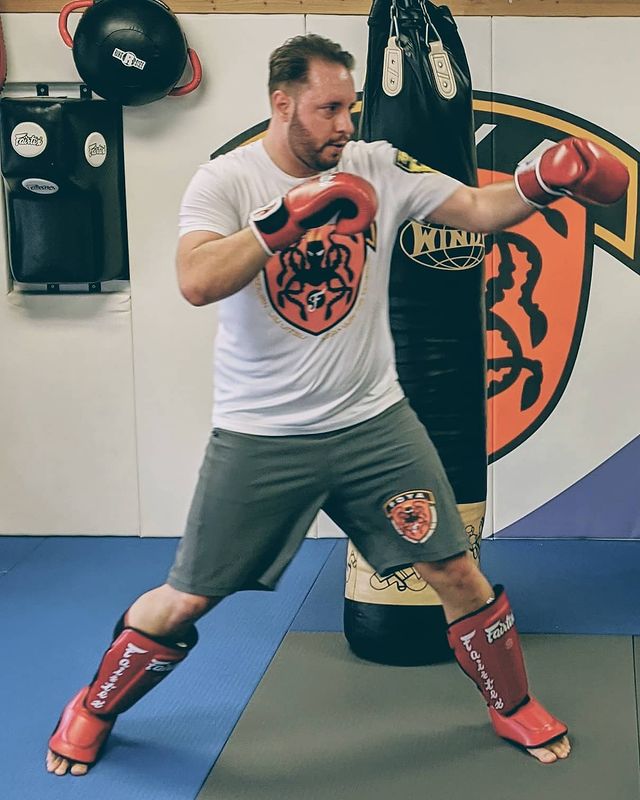
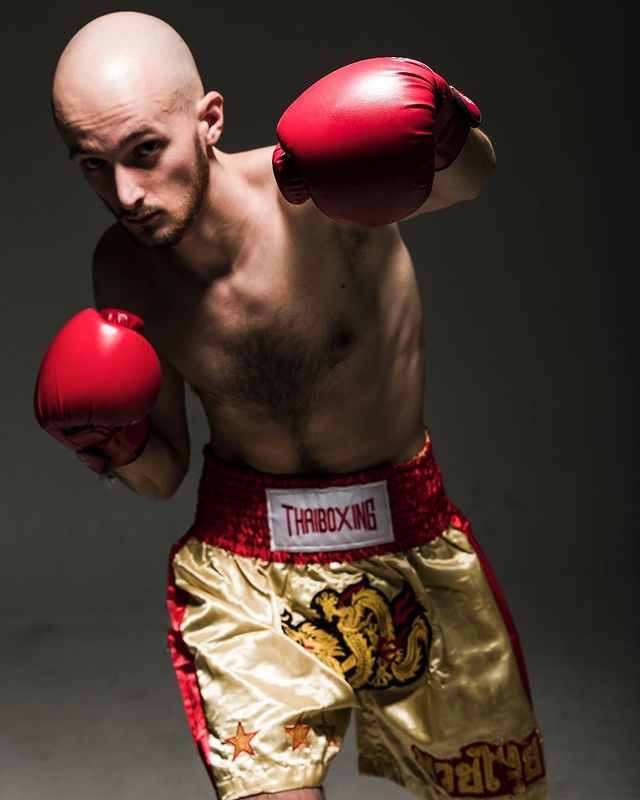
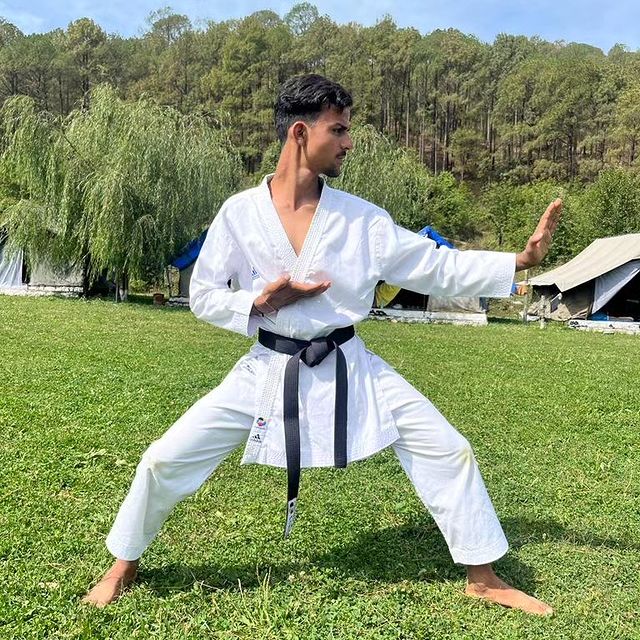
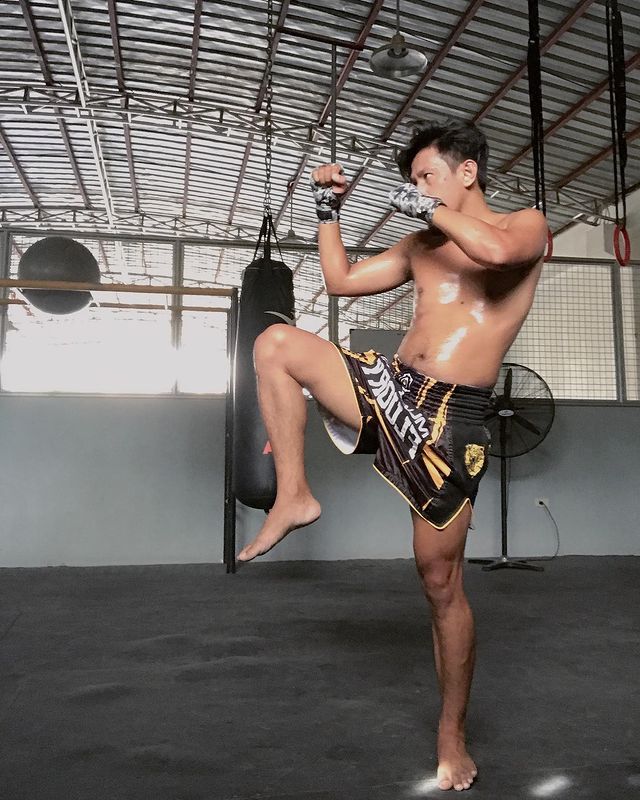
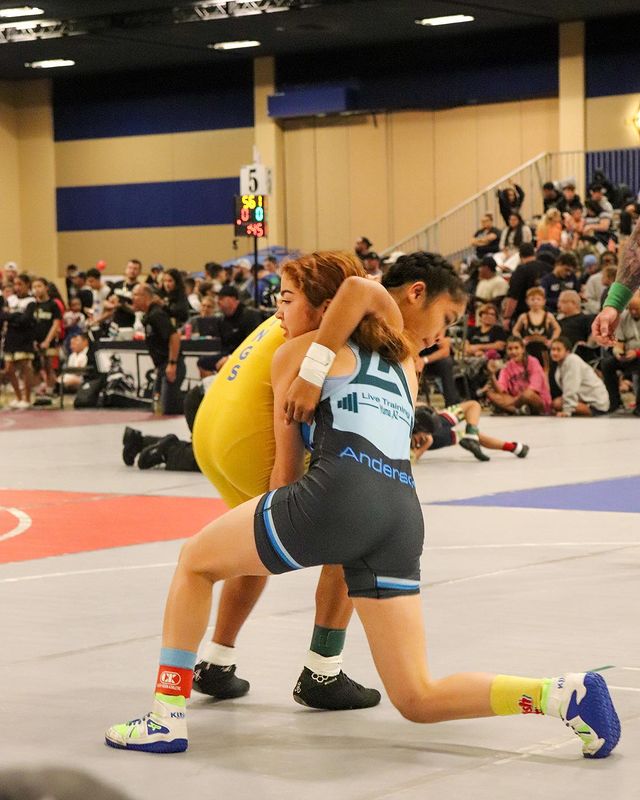
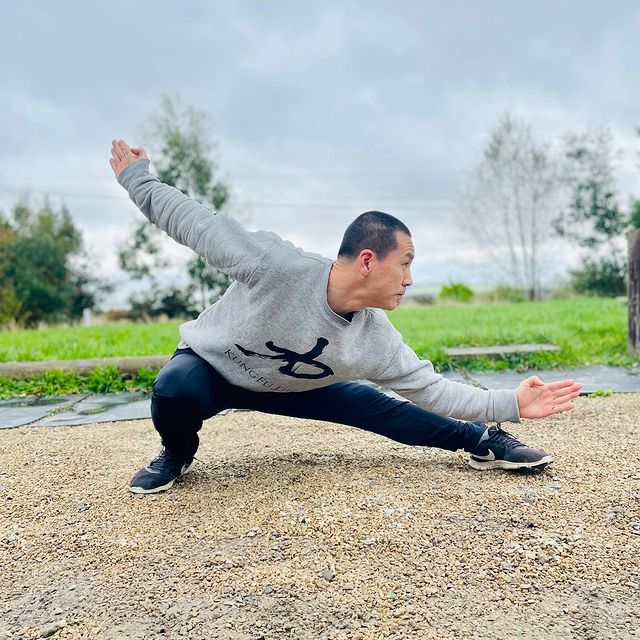
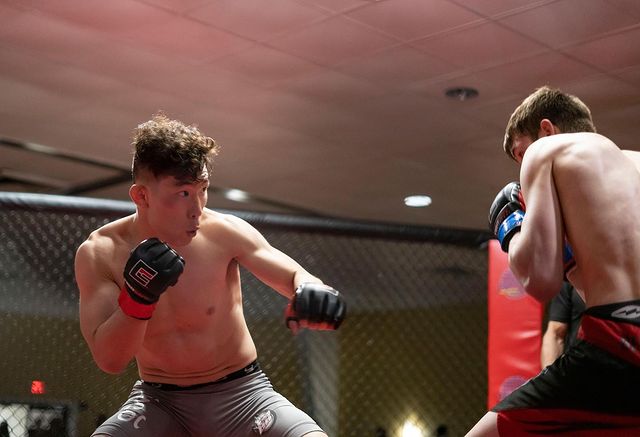
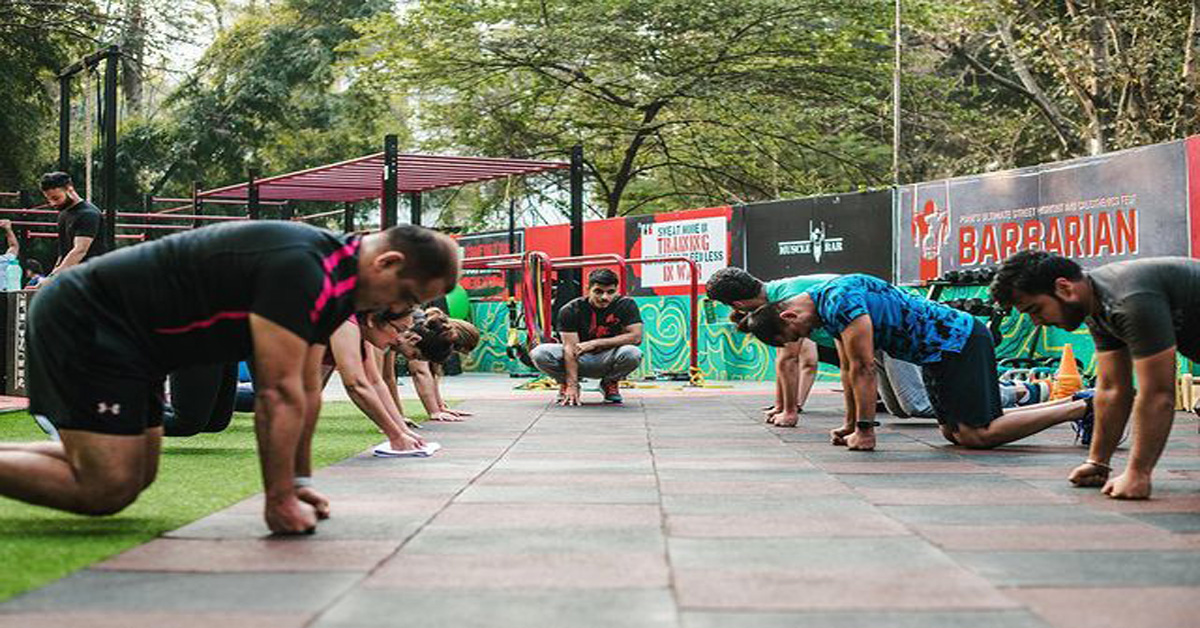 One of the most asked questions from striking martial arts practitioners is about knuckle conditioning methods. They want to know how to strengthen their knuckles to punch harder without damaging their hands. Here’s our guide on knuckle conditioning. Giving you different options for conditioning your knuckles and safety tips when performing the movements. What is […]
One of the most asked questions from striking martial arts practitioners is about knuckle conditioning methods. They want to know how to strengthen their knuckles to punch harder without damaging their hands. Here’s our guide on knuckle conditioning. Giving you different options for conditioning your knuckles and safety tips when performing the movements. What is […]